Westchester County contains some of the most interesting and historic sites in New York State — from Glen Island and Rye Playland along the Long Island Sound to the charming belt of villages nestled along the banks of the Hudson River.
Until the late 19th century, Westchester was most often defined by its rural charms, an outpost seemingly a world away from the bustle of New York City.
Yet it has often been harnessed to the city and its needs (often to the consternation of Westchester’s residents) from the Croton Aqueduct to the Hudson River Railroad.
In 1874 New York took from the county again when a southern portion west of the Bronx River was absorbed by the city, creating the Annexed District. By the end of the century, that expanded district would be removed from Westchester altogether and become The Bronx. (Listen to our podcast on the birth of the Bronx for more information.)
The extraordinary history of the lands which comprise modern Westchester trace back centuries (and even millennia, in fact). The county was created in 1682, named for the walled English city of Chester, one of the twelve original counties created by the British as the Province of New York. (The other eleven — Albany, Cornwall, Dukes, Dutchess, Kings, New York, Orange, Queens, Richmond, Suffolk and Ulster.)
Exploring the origin of the names of Westchester County reveals the rich and complex history of the region — from its Native American roots to the realities of 20th century life.
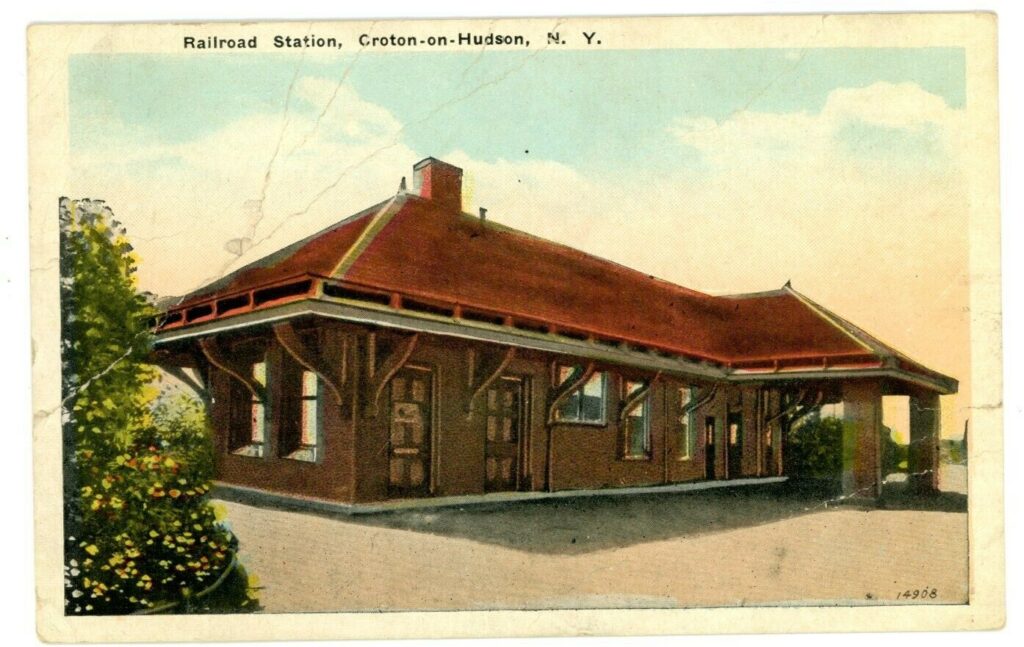
Croton-on-Hudson and the Croton River
The Kitchawancs tribe, a Munsee-speaking native population which lived in this region, was once led by an sachem named Kenoten (meaning the wild wind.) His name evolved into the word Croton which lends itself to the river and to the village Croton-on-Hudson.
Yonkers and Saw Mill River
Adrian Van Der Donck was one of the most prominent residents of New Amsterdam and often at odds with director-general Peter Stuyvesant. In 1645 the Dutch West India Company granted Van Der Donck an estate along the Hudson River where he operated a saw mill along a tributary river now named for that very saw mill.
As a notable Dutch patroon, Van Der Donck was known as jonkheer of the estate, “literally translated as young lord or esquire.” He was killed in 1655 during a conflict with the Lenape known as the Peach War, but his honorific lives on, centuries after his death, in New York’s fourth largest city.
Cortlandt
The Dutch Van Cortlandt family, who first arrived in New Amsterdam, were Westchester’s most prominent Colonial landowners in the 17th century, their estate extending from the Hudson River to the Connecticut line on the east. Not only does their name adhere to the towns of Cortlandt and Cortlandt Manor, but you can find their story in various places in the region — most notably Van Cortlandt Manor and the Bronx’s Van Cortlandt Park
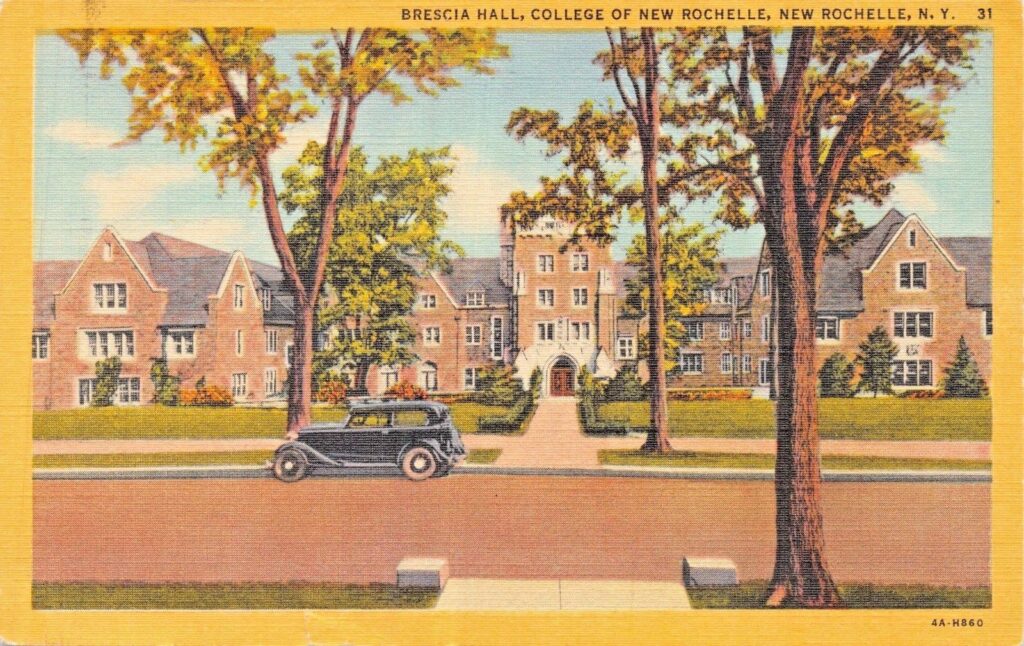
New Rochelle
In the late 16th century, thousands of French Huguenots (Protestants) escaped religious persecution by sailing to English colonial territories that were more welcoming to their faith. In 1688 thirty-three Huguenot families formed a settlement in Westchester County, and in honor of their former home La Rochelle, they named it New Rochelle.
White Plains
To quote from Sandra Harrison in her book White Plains, New York: A City of Contrasts: “Perhaps the best explanation for the city’s name is that there were once numerous wetlands on which a heavy white mist would often linger. Even though many of these wetlands are gone, mists often hover over the city where the tops of skyscrapers disappear.” Mysterious!
Dobbs Ferry
Yes, there was a Dobbs (a Jeremiah Dobbs) and, yes, he had a ferry service here during the Colonial Era. The village played a pretty critical role in the Revolutionary War.
And in 1781, George Washington encamped in Dobbs Ferry with the Continental Army, then headed to Yorktown, Virginia, where his troops would win a decisive victory. (Another Westchester town — Yorktown, New York — was named in celebration.)
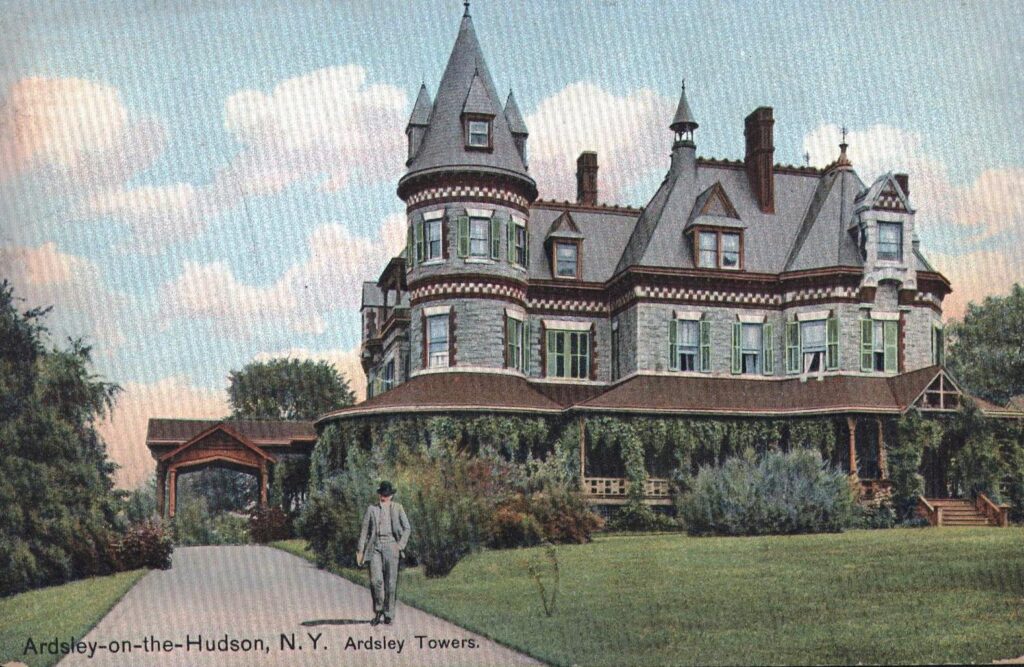
Ardsley
Cyrus West Field, who devised the Transatlantic Cable in the 1850s, owned a small property in Westchester County called Ardsley Park, named for the English village of East Ardsley where his ancestors were from. Local lore suggests that Field used his influence to get the village a post office in exchange for it taking the name of his estate. (Most likely the residents were more than happy to be associated with the acclaimed, world-famous financier.)
Ossining
The village formerly known as Sing Sing took its original name from the native people of the region — the Sintsink. In the 1820s the Sing Sing Prison opened along the waterfront, soon becoming one of America’s most notorious correctional facilities. In 1901 the town, frustrated by the association, successfully changed its name (adopting that of the nearby town of Ossining) to escape any further confusion.
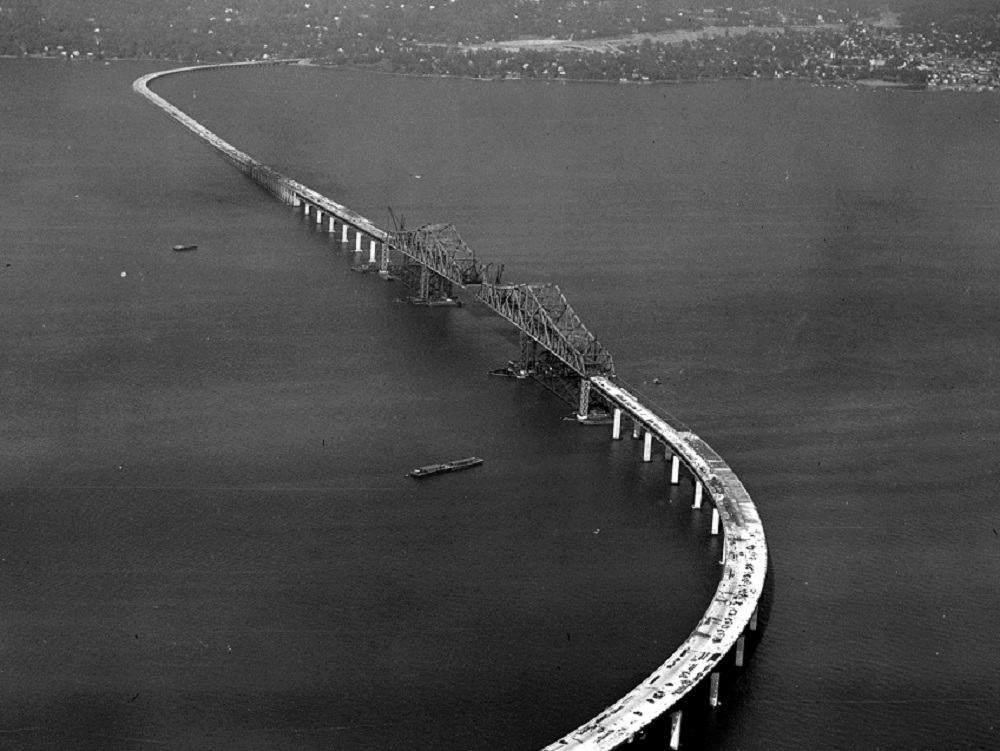
The Tappan Zee Bridge
The expansive widening of the Hudson River between the towns of Nyack and Tarrytown has one of the most interesting names in New York state, a combination of the Tappan native Indian tribe and the Dutch word for sea — zee. Its name fusion expresses the truly unique history of the region, where traditions morph and expand with new generations.
Since the 1950s a bridge has spanned the river at this spot. In 2017 an attractive new bridge replaced the older one. And apparently we’re supposed to call it the Governor Mario M. Cuomo Bridge now. (But it will always be the Tappan Zee to me.)
Do you have any other interesting stories about Westchester County? Leave them in the comments!

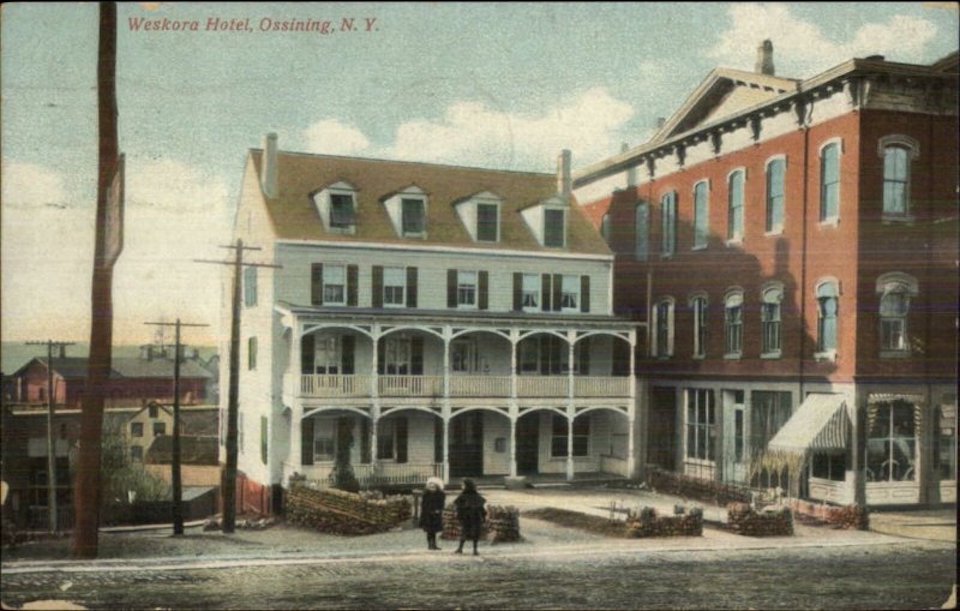
14 replies on “The Curious Names of Westchester County’s Villages and Towns”
When the City of Mount Vernon was created, the residents wanted to name it Monticello. Since there already was a Monticello, they went with GW’s home.
In “I Was A Male War Bride,” a sentry says he’s from Yonkers. To which Cary Grant responds, “Yonkers? What are Yonkers?”
Had the Tappan Zee been built south of where it was, it would have been under the jurisdiction of the Port Authority.
The Old Croton Aqueduct is a state park for most of its length until it crosses into the Bronx at Van Cortlandt Park. It’s a wonderful, narrow dirt trail. It runs straight across the front lawn at Lyndhurst and along the edge of Kykuit, the Rockefeller Estate (the unpaved carriage trails of which are also a state park and one of the best running spaces in the Northeast).
Sleepy Hollow was until recently known as North Tarrytown. An image of the Headless Horseman appears on its street signs. And Irvington is named for Washington Irving.
Westchester is largely defined by the three MetroNorth train lines that run through it, the Hudson (along the river, near Route 9), the Harlem (Route 22), and the New Haven (Route 1).
Westchester is notorious for discrepancies between villages and zip codes. Bronxville’s 10708 appears in Yonkers, Eastchester, Tuckahoe, and Yonkers and adds to the price of a house bearing it. The same is true of other places.
Finally, Westchester County airport’s symbol is “HPN,” which stands for Harrison, Purchase, and North Castle, the three communities in which it is. It is NOT in White Plains, though many think it is.
Great details! I grew up in New Rochelle and wish we’d learned more local history.
Mamaroneck , The Indians called it “where the sweet waters meets the sea”
The IATA code for Westchester County Airport is HPN. The origins of this code are in dispute. Some believe it is derived from the name of the city, White Plains (IATA codes normally do not begin with W because those are reserved for radio signals), while others maintain the IATA code represents the first letter of the airport’s three neighboring communities, Harrison, Purchase, and North Castle.[28] The full ICAO code for Westchester County Airport is KHPN.
Westchester County Airport (HPN), July 2016
Valhalla named in honor of 19th c French horn player who practiced passages from Wagner’s Siegfried in the wooded hills.
There is a historic area in Putnam cty just north of Peekskill where the cemetery contains the Cortlandt family plot as well a Revolutionary war burial plots,church where Washington prayed. Consider adding it to your already amazing wealth of info on New York history
In a film featuring Ms. Mae West and Mr. W. C. Fields, it shows the “First National Bank of Yonkers.”
Interesting article.
One correction: though it was long touted as true, George Washington never spent the night in Dobbs Ferry. With others, my late dad, William Blanck, was a historian set on righting this wrong. The NY Times did a nice job telling the tale: https://www.nytimes.com/2000/10/09/nyregion/after-century-town-finds-it-cannot-tell-a-lie.html
IT WILL ALWAYS BE THE TAPPAN ZEE TO ME!!! CHANGE THE NAME BACK TO ITS RIGHTFUL TRADITION.
Agreed Tappan Zee bridge, triboro bridge, and 59th street bridge. These new people coming changing things is too much.
I agree, I call it “Tappan Zee Jr.”
They’re working on it…
Van cortlant park.bronx.is this true?
Yonkers sold stretch of v.cpark all way to w238st in order to have subway build to Carol ave.yonkers.
When Mrs van cortlant who lived in v.c. mansion by 242st stopped construction
Of subway and would not allow it to pass her mansion because in those day subway were steam locomotive and they made lot noise. As result all subways terminated south of her resident. And it’s been like that since.
I agree, I call it “Tappan Zee Jr.”